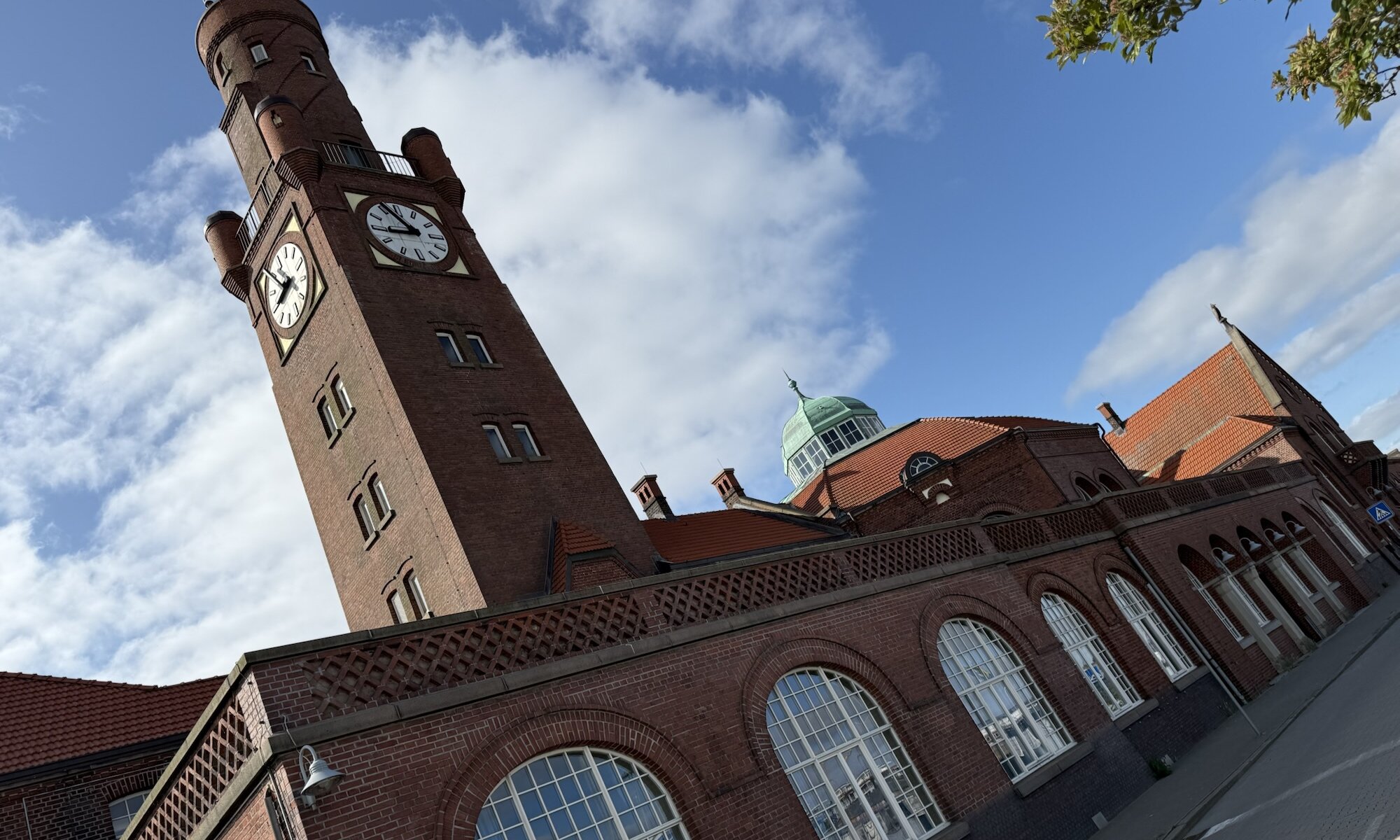Stepping into the world of Hapag is like opening a chapter of German maritime history that shaped global shipping for more than a century. Founded in the bustling port city of Hamburg in 1847, the Hamburg-Amerikanische Packetfahrt-Aktien-Gesellschaft – better known as Hapag – quickly became synonymous with reliable transatlantic travel and trade. In its early days, Hapag connected Europe and North America, carrying both hopeful emigrants and valuable cargo across the ocean. Over the decades, it grew into one of the world’s most prestigious shipping lines, pioneering new routes and building some of the largest and most luxurious ocean liners of its time.
The story of Hapag is inseparable from the rise of modern shipping and the profound changes it brought to international commerce. By the early 20th century, Hapag had expanded its reach to every continent, not just America, and its ships became floating symbols of German engineering and ambition. The company’s influence was so great that, for a time, it was the largest shipping company in the world. However, two world wars took a heavy toll, with much of its fleet lost or transferred as reparations. Despite these setbacks, Hapag’s legacy endured, and after World War II, it played a key role in the rebirth of German shipping.
A particularly fascinating chapter in Hapag’s history is its connection to Cuxhaven, a gateway for countless emigrants bound for the New World. In 1889, under the leadership of the visionary Albert Ballin, Hapag shifted its main transatlantic passenger operations from Hamburg to Cuxhaven. Here, the company built the iconic Hapag-Halle—officially known as the “Amerikabahnhof” – as a grand waiting hall for passengers. The Hapag-Halle quickly became a landmark, boasting elegant interiors, electric lighting, and a majestic entrance portal bearing the company’s motto: “Mein Feld ist die Welt” (“The world is my field”). Unfortunately, the entrance portal was removed later. This facility was part of a larger complex, including the Steubenhöft pier, which together formed a bustling hub for emigration and travel.
Today, the Hapag-Halle stands as a monument to a bygone era of ocean travel and emigration. While it no longer serves as a railway station and passenger terminal, it has found new life as a museum and cultural venue. Visitors can explore its historic halls and learn about the thousands who passed through on their way to America, but access is only possible through guided tours. These tours offer a unique glimpse into the lives of emigrants and the golden age of transatlantic shipping, preserving the spirit of adventure and hope that once filled the Hapag-Halles grand spaces.
Hapag-Halle
Cuxhaven
Germany
Loading map...


